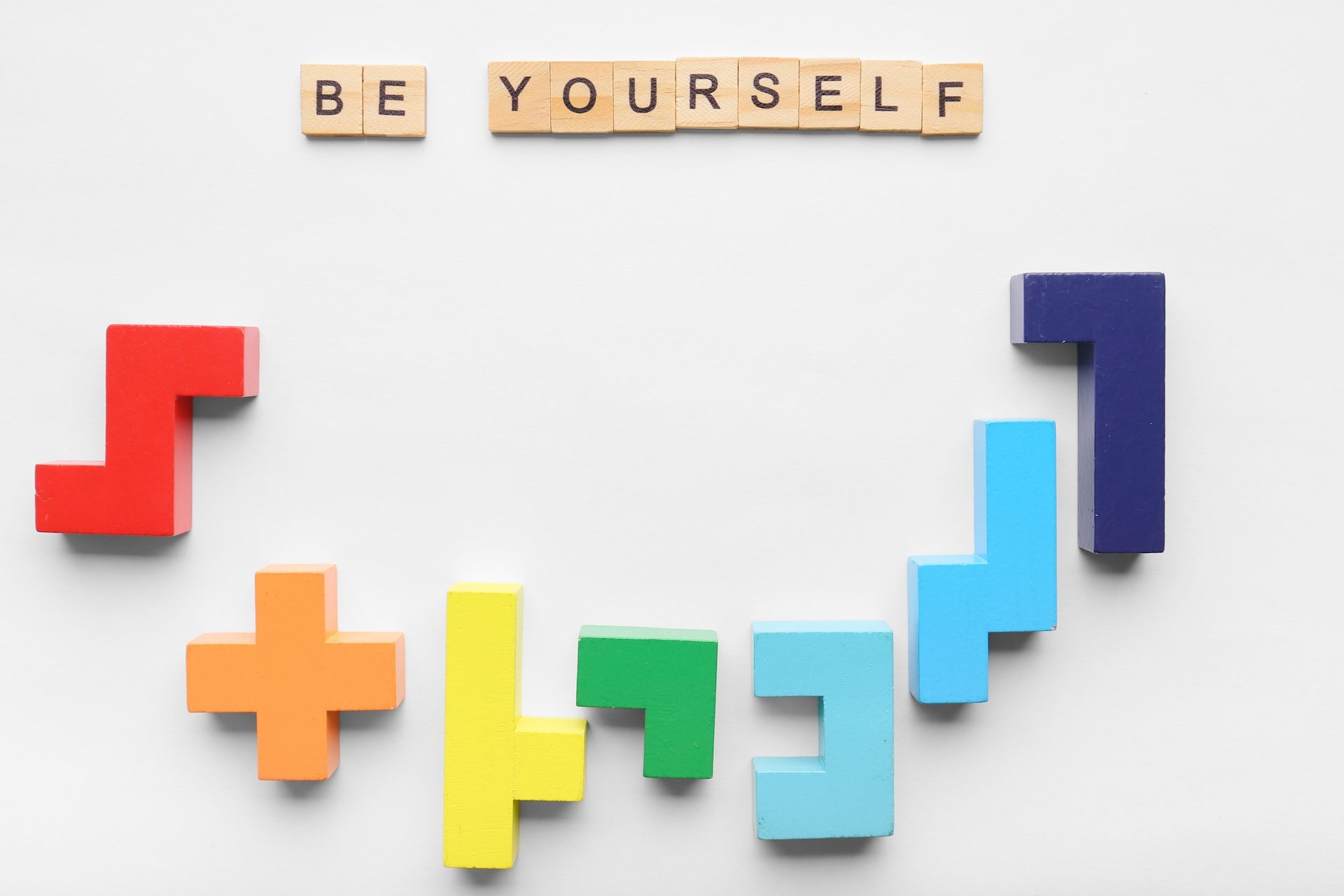
Explore your personal space, where, when and how you feel safe.
Patterns
Generations, geographies and socio-cultural
Earlier generations

Earlier generations had personal psychological safe spaces. However, the strategies that enabled them to develop and keep these safe spaces might differ from what happens today. Here is how earlier generations created their personal psychological safe spaces:
1) Nature and Outdoors: Earlier generations used to feel at home in nature and outdoors as it provided them with a sense of serenity and solace. A mere stroll in nature gave them a break from the daily stresses of life. In parks, gardens or during outdoor activities people would get some time to sit back, relax and contemplate.
2) Private Spaces at Home: For earlier generations, there were specific places within homes that provided an individual with a calm and peaceful mind. This included a study room, a reading area or just a favourite corner where they can relax doing activities that made them happy or self-aware. These cosy and comforting corners gave them an impression of security and privacy.
3) Community and Social Support: Earlier generations ensured that social interactions formed the basis of their psychological personal safe spaces. They depended on small communities such as extended families, neighbours or even community clubs for comfort, assistance and sharing their whirlpool of thoughts without the fear of judgement holding them back. It provided them a safe atmosphere where their concerns can be heard and emotions can be shared.
4) Creative and Artistic Pursuits: Involving oneself in creative and artistic pursuits, like writing, painting, playing any musical instrument or knitting gave individuals of yore generations personal psychological safe spaces. These activities were ways of self-expression, contemplation and emotional outbursts hence contributing to their general welfare.
5) Spiritual and Religious Practices: Many previous generations found sanctuary in religious or spiritual practices creating personal psychological safe spaces for them. Examples include praying, meditation, going to religious services or partaking in rituals which provided introspective moments, sought comfort and connected people from within.
6) Hobbies and Personal Interests: Indulging in hobbies and personal interests opened the doors towards forming a personal psychological safe space. From pursuing creative hobbies like dance, music or art to that of sports hobbies like swimming, outdoor activities and running, these activities allow an individual to escape the hustle and immerse themselves into something they enjoy pursuing.
It is important to note that availability and accessibility might have been different across various groups based on socioeconomic status, cultural settings as well as historical eras that people lived through. Nevertheless, means of creating individualised safe spaces are likely to have varied significantly.
Today’s Generation
Today’s generation’s perspective and approach to personal psychological safe space are completely different from other generations. Some generations are called Gen X (born between 1965 and 1980), Millennials (born between 1981 and 1996) and Gen Z (born between 1997 and 2012) Below is a general overview of how every generation’s perspective and awareness is different, with the ways they can improve their well-being.
1. Gen X:
A: Views: The Gen X generation perceives personal psychological safe space as a way of finding peace, balance in life and self-reflection among the various challenges and duties that adulthood throws on them. This generation focuses on independence and creating personal psychological space that allows them to get privacy and break from stress.
B: Awareness: Gen X has the potential to increase overall knowledge about personal psychological safety zones by recounting their experiences, opinions and views with the subsequent generations. They can enlighten people on issues concerning mental health problems, work life balance and the significance of self-care and being gentle on self.
C: Improvement: Gen X can exercise its improved experiences and insights into seeking and implementing policies and programs to ensure individuals have psychologically secure zones, particularly at workplaces, colleges, schools and neighbourhoods. They can also remain open to change – in terms of technologies and the opportunities to develop digital tools that improve well-being and build virtual safe-havens.
2. Millennials:
A: Views: For millennials, a personal psychologically safe space serves as a form of self-actualization, individualism, and social interaction. They may value digital safe places like online communities, social media pages or groups and shared experiences that embrace empathy, support, and self-growth.
B: Awareness: What millennials can do to create awareness about personal psychological safe spaces, is use their social influence and social media skills. They can create awareness about personal well-being by encouraging self-care practices, conducting discussions around the importance of personal well-being and creating safe spaces for diverse communities.
C: Improvement: Millennials can actively support initiatives that promote mental health, diversity, and inclusion. They can actively contribute towards different types of organisations and support safe spaces, educational institutions, workplaces, and online platforms. They can also aim towards maintaining a stability between digital safe space and genuine social connections in offline environments.
3. Gen Z:
A: Views: Being brought up in a digital period has made the Gen Z understand personal psychological safe spaces intricately in both physical and digital sense. They respect the values of inclusiveness, activism and diversity and consider safe spaces as a realm which promotes freedom of expression, social change and mobilization.
B: Awareness: Through the utilisation of their digital knowledge and active participation in online communities and platforms, Gen Z can create awareness about individual psychological safe spaces. By making use of their creative abilities like that of storytelling coupled with their engagement in social activism regarding mental health, diversity, and personal wellbeing, Gen Z can serve as a source of awareness for personal psychological safe spaces.
C: Improvement: Gen Z can contribute towards creating safe spaces within educational institutions, youth communities as well as online societies. They may promote dialogue, empathy and active listening for a safe pace that is inclusive and respectful to people from diverse backgrounds. Moreover, they must campaign for mental-health-centred policies and changes at system levels. On the whole, Gen Z can add to the recognition and betterment of individual psychological safe spaces by giving varying views through discussions and debates.
Geographical
The views and appreciation of personal psychological safe spaces can vary between developing societies and developed societies. However, it is important to note that generalizations may not apply universally, and individual perspectives within each society can differ significantly. Here is a broad overview:
Developing Societies:
1) Appreciation: Developing societies have higher awareness about the importance of mental health and its significance in our day to day lives. There is an increasing recognition for personal psychological spaces due to new challenges posed on wellbeing, mental health and various aspects of self-care. Personal psychological spaces are often seen as a cure to emotional damage and low self-esteem.
2) Query and awareness: Developing societies may have the curiosity to gain more knowledge about the personal psychological safe spaces. They might be interested in knowing about how to create one for themselves, what does it consist of, what is its main essence and likewise. As people in developing societies are becoming more aware of the necessity of reaching out and creating safe spaces, they are becoming inquisitive to know more about it.
3) Limited Resources: Developing societies lack resources like mental health services, helpline numbers, counselling sessions and awareness campaigns which affects the maintenance and understanding of personal psychological safe spaces. However, developing societies may find ways to create and maintain one through support networks, open communication, initiatives and cultural practices.
Developed Societies:
1) Appreciation: Increased access to resources and mental health services have led to increased recognition and appreciation for personal psychological safe spaces in developed societies. Access to resources, education and awareness campaigns aids in making individuals understand the significance of self-care practices, personal boundaries and emotional well-being. Due to greater access, there may be a cultural emphasis on personal growth, work-life balance, and individualistic values.
2) Criticism and Debate: There may be important discussions regarding personal psychological safe spaces in developed societies. Curious individuals may question the significance of having focused spaces or view them as unnecessary spaces. There can be various debates about the balance between individual rights and societal responsibilities, as well as concerns about solitude or self-care.
3) Diversity of Views: Developed societies are surrounded by a range of views and perspectives on personal psychological safe spaces. While some individuals are more focused on personal well-being which make them actively create and promote safe spaces, others have different cultural or generational thoughts that shape their perspective. Thus, no common view or perspective persists across the developed societies or communities.
Socio-cultural
Appreciation or condemnation of personal psychological safe spaces is influenced by a complex interplay of cultural, socio-economic, and individual factors. Let’s explore each of these factors:
1. Cultural Factors:
1) Cultural Values: Cultural values shape the perspective and mindset of an individual towards a personal psychological safe space. There are some cultures which may value the welfare of the community more than the mental and emotional wellbeing of an individual which thus, can impact the very significance and worth of personal safe spaces.
2) Collectivism vs. Individualism: Cultures that focus on community rather than the individuals, might see personal safe spaces differently in comparison to cultures that give importance to individualism. In community concentrated cultures, shared spaces and other’s well being are more important than individuals. In individual-focused cultures, personal freedom and taking care of oneself hold more significance than that of the community as a whole.
3) Tradition and Beliefs: Cultural traditions, religious beliefs, and social values affect how a community views personal safe spaces. Some cultures have special rituals, practices, or communal areas meant to offer emotional support and comfort.
2. Socio-Economic Factors:
1) Access to Resources: There are a plethora of socio economic factors like income, education, and healthcare that affects the availability and appreciation of psychological personal safe spaces.
2) There are many factors which can affect how much people value their personal safe space like socioeconomic factors like income, education, and healthcare. Individuals who have greater access to resources have better chances of creating and maintaining personal safe spaces, receive mental health services, and involve oneself in self-care practices.
3) Infrastructure and Environment: The surroundings, like the city one lives in and the places surrounding them, like parks, community centres or public spaces affect how personal safe spaces can be curated and maintained for oneself. Differences in Income and resources impacts the creation of a personal safe space. Disparities in income and social statuses influence the accessibility and quality of such spaces.
3. Individual Factors:
1) Personal Experiences: The experience of an individual, including his education, upbringing, past traumas, mental health conditions and perception influence the way an individual views personal safe spaces. While positive experience encourages an individual to maintain his personal safe space, negative experiences hinders the process of embracing such spaces. Thus, both positive and negative experiences have an effect on an individual’s understanding of safe spaces.
2) Personality Traits: Personal safe space can be affected by a person’s personality depending upon whether that individual is introverted or extroverted. Introverted people mostly prefer quiet and alone time, while extroverted people mostly search for social connections and supportive communities.
3) Awareness and Education: People’s self-perception can be changed by improving their knowledge of their mental health and personal safe spaces. Learning more and engaging in conversations, as well as implementing cultural changes that prioritize mental health, can increase the significance associated with personal safe spaces.





